16 Reasons Why Fish Swim In Schools
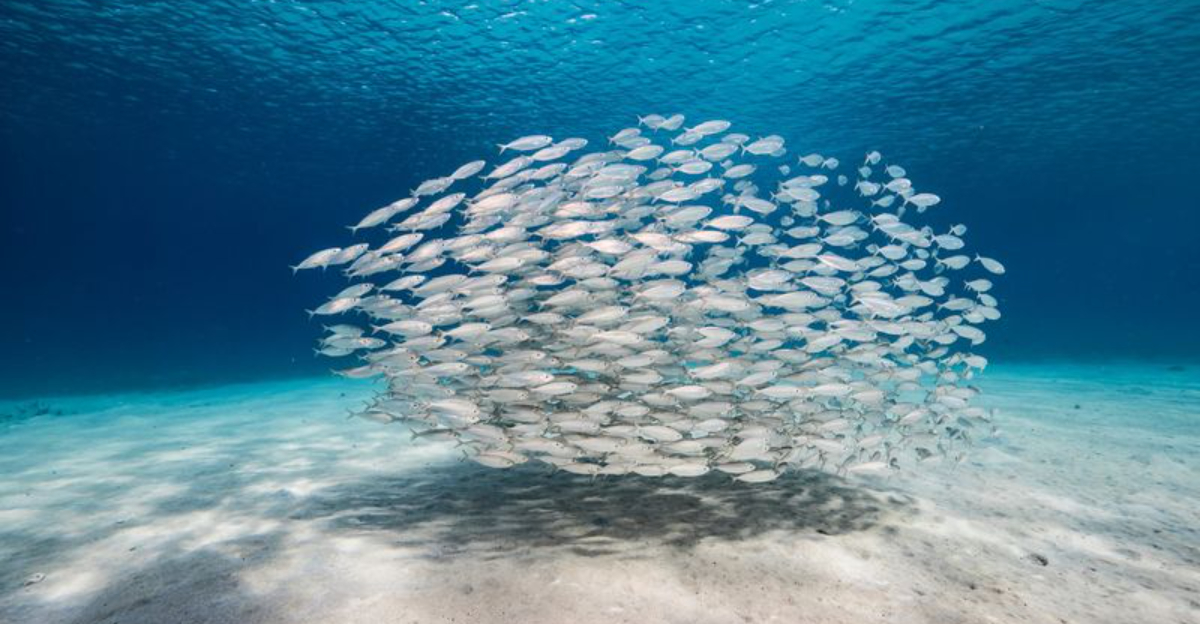
Ever thought about fish as social butterflies of the sea? Well, it turns out these aquatic creatures have their own intricate ways of hanging out.
Swimming in schools isn’t just a random fishy habit. It’s a fascinating strategy involving safety, efficiency, and even a bit of fun—yes, fish can have fun too!
1. Safety In Numbers
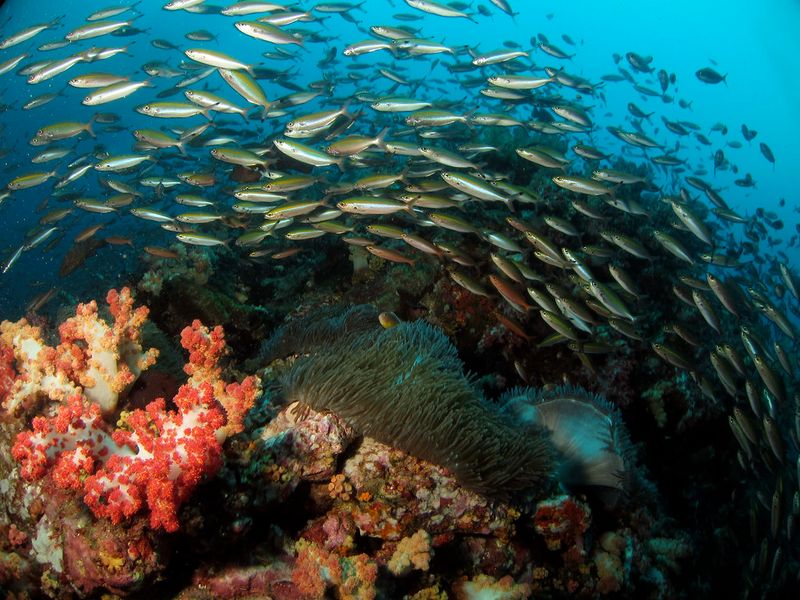
Imagine being in a crowded place, and suddenly feeling more secure. That’s exactly how fish feel when they swim in schools.
In a group, they reduce the chances of being eaten by predators.
It’s a classic case of safety in numbers, confusing potential threats with their coordinated movements. It’s like having a team of bodyguards, but with scales and fins!
2. Energy Efficiency
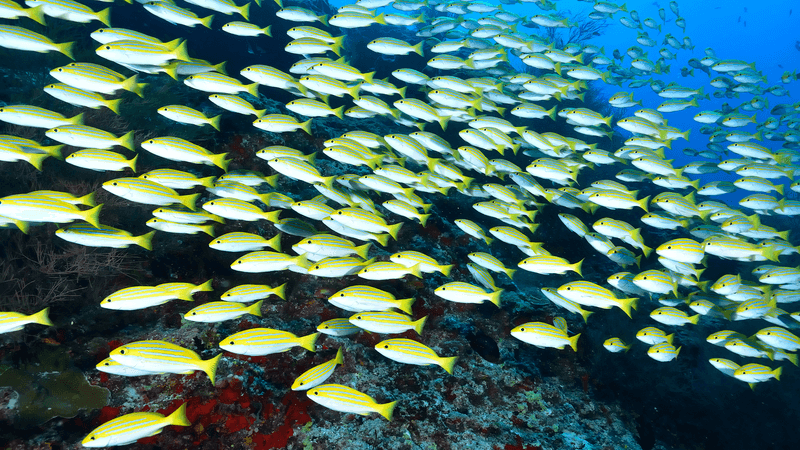
Ever noticed how cyclists draft behind one another? Fish do something similar in schools. By swimming close together, they reduce water resistance, making their journey more energy-efficient.
This streamlined swimming saves them energy, letting them travel longer distances without getting tired. It’s nature’s way of providing a free ride for these aquatic creatures, all in perfect harmony.
3. Better Foraging Opportunities
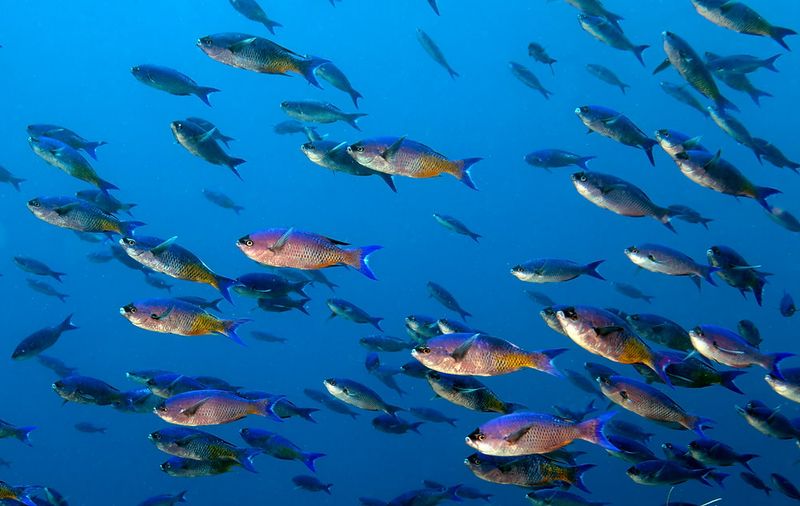
When fish swim together, they also forage together. It’s like heading out to a buffet with friends. Schools allow fish to cover larger areas and find more food sources.
This cooperative behavior means more eyes looking for snacks, ensuring everyone gets a bite. It’s a win-win, turning an underwater meal hunt into a social event.
4. Social Learning
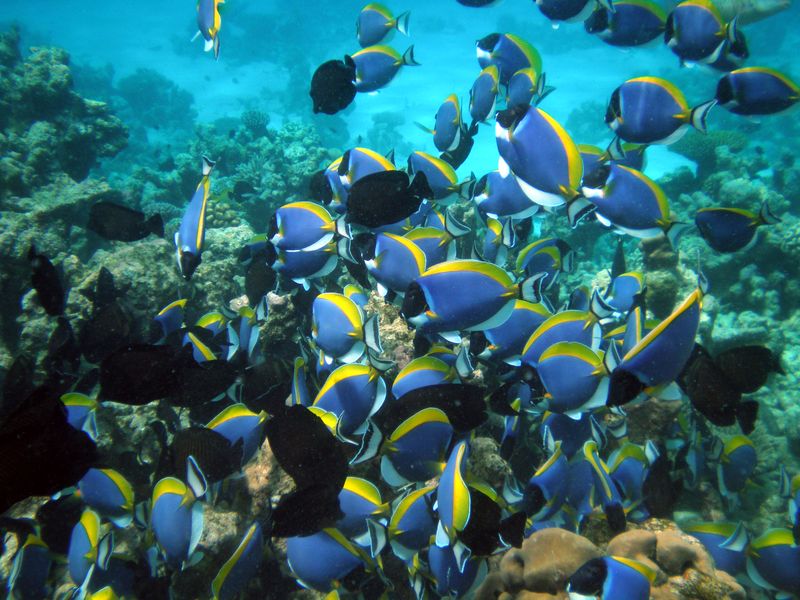
Fish aren’t just mindlessly swimming; they’re learning. Schools are like underwater classrooms. Young fish observe and mimic the behaviors of their elders, picking up crucial survival skills.
This social learning environment helps fish grow smarter, adapting to their ever-changing surroundings. It’s like having a mentor, but with fins and gills, guiding them through the oceanic world.
5. Enhanced Reproductive Success
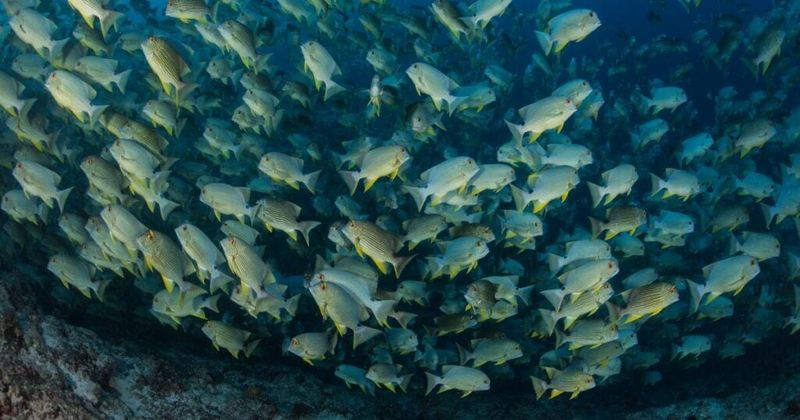
Reproduction is a big deal, and schools provide the perfect setup. When fish swim in large groups, they have better chances of finding a mate. This increased interaction boosts their reproductive success.
The synchronized movements and displays within schools often play a role in courtship, turning the sea into an aquatic dance floor!
6. Improved Hydrodynamics
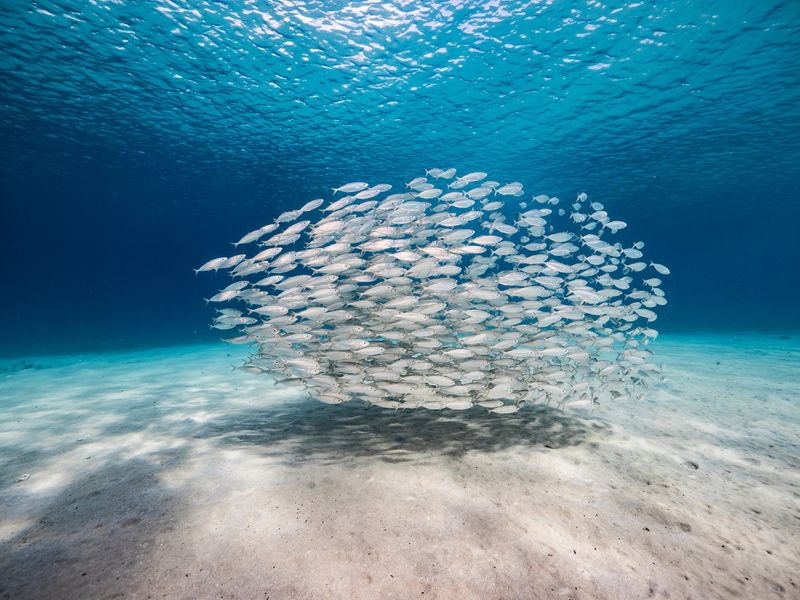
Fish are masters of the water, and swimming in schools enhances their hydrodynamics.
Their coordinated movements create fluid dynamics that reduce drag and increase speed, allowing them to glide effortlessly through the water.
It’s like a perfectly choreographed dance, where each fish knows its role, making the group’s journey swift and smooth.
7. Increased Survival Rates
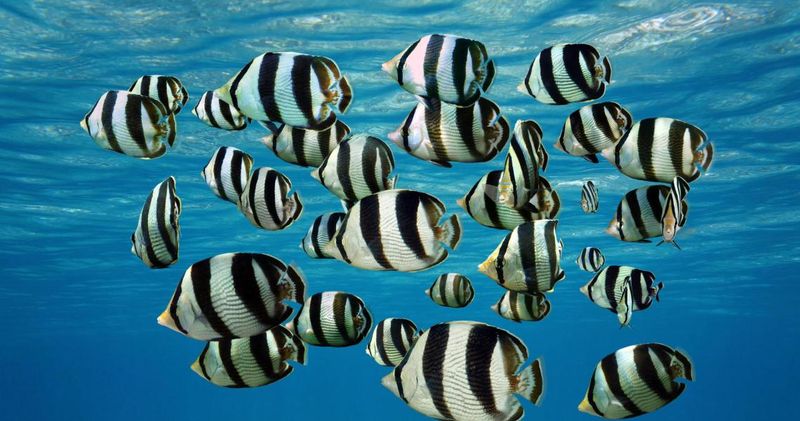
Survival is the ultimate goal in nature, and schools give fish an edge. By moving in unison, they can confuse and evade predators more effectively.
This increases their chances of survival, proving that teamwork can indeed save lives. Fish schools act as a living, breathing fortress, shielding each other from potential threats.
8. Predator Confusion
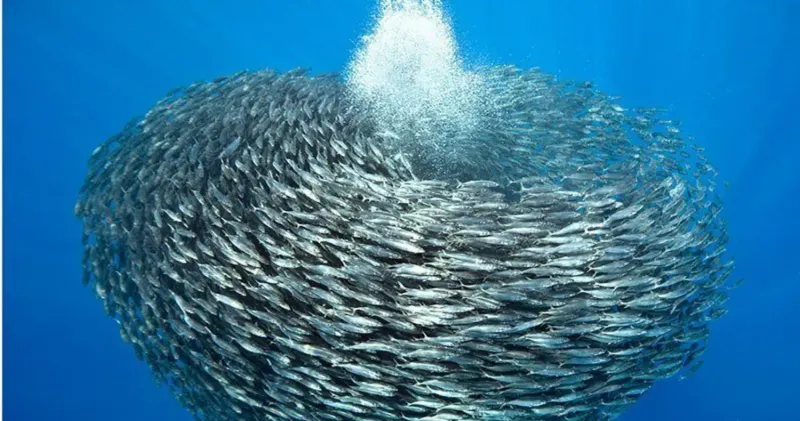
Think of a magic trick where the hand is quicker than the eye. Schools of fish use this principle to confuse predators.
Their rapid, synchronized movements create a visual illusion, making it hard for predators to single out one fish.
This tactic often leads to predators missing their target, allowing the school to swim away safely.
9. Dilution Effect
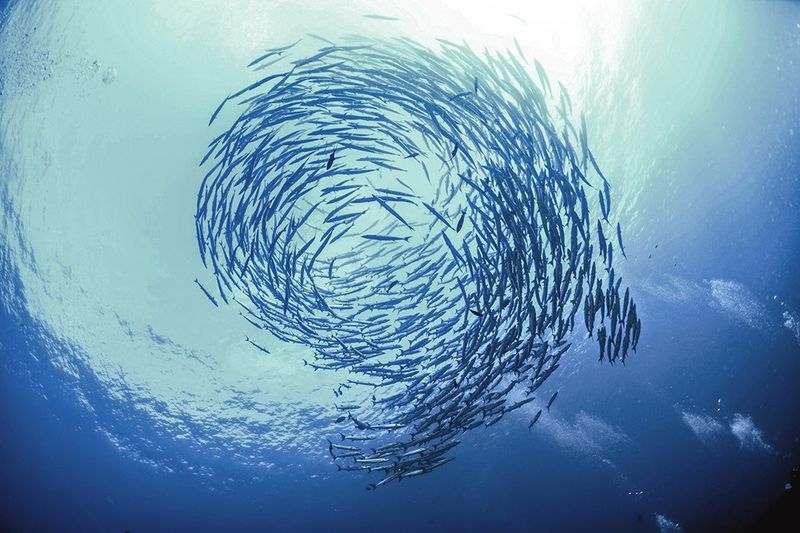
The dilution effect is nature’s way of playing the odds. In a large school, the chances of any one fish being caught by a predator are significantly reduced.
It’s safety by sheer numbers—a predator can only eat so much. This tactic gives individual fish a better shot at survival, making the school a formidable wall against threats.
10. Enhanced Navigation
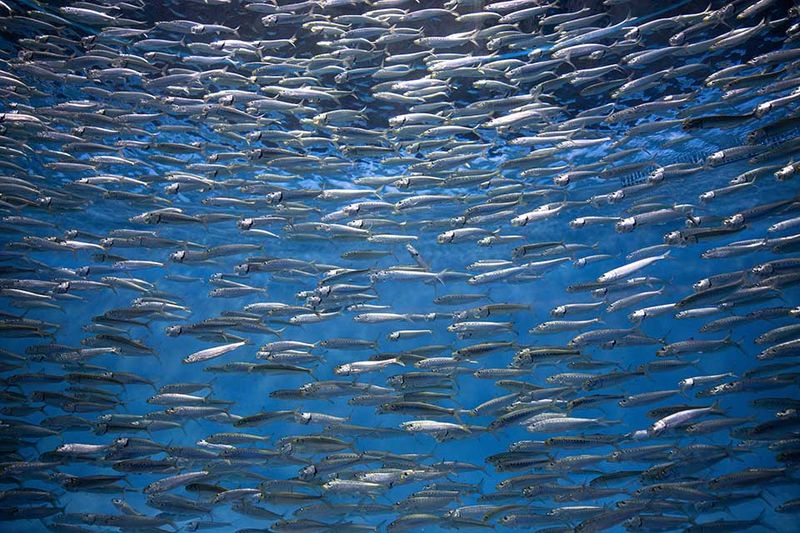
Navigating the vast ocean can be tricky, but schools make it easier. Fish in schools benefit from collective navigation, with experienced members leading the way.
This enhanced group navigation helps them find the best routes and avoid obstacles. It’s like having a GPS, but one that swims and adapts to the ever-changing ocean currents.
11. Reduced Aggression
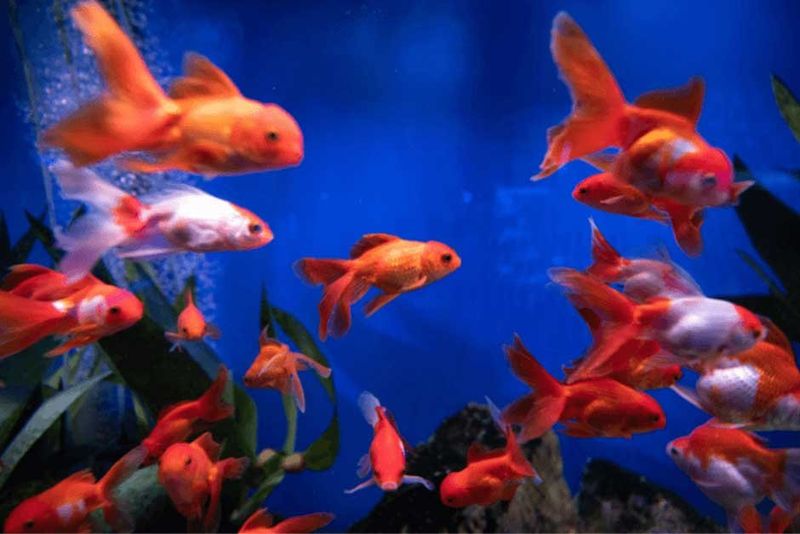
Fish can be territorial, but swimming in schools helps reduce aggression. When they’re part of a group, the focus shifts from competition to cooperation.
This peaceful coexistence allows them to thrive without unnecessary conflict. It’s like finding common ground at a crowded party, where everyone just wants to get along and have a good time.
12. Increased Oxygen Access
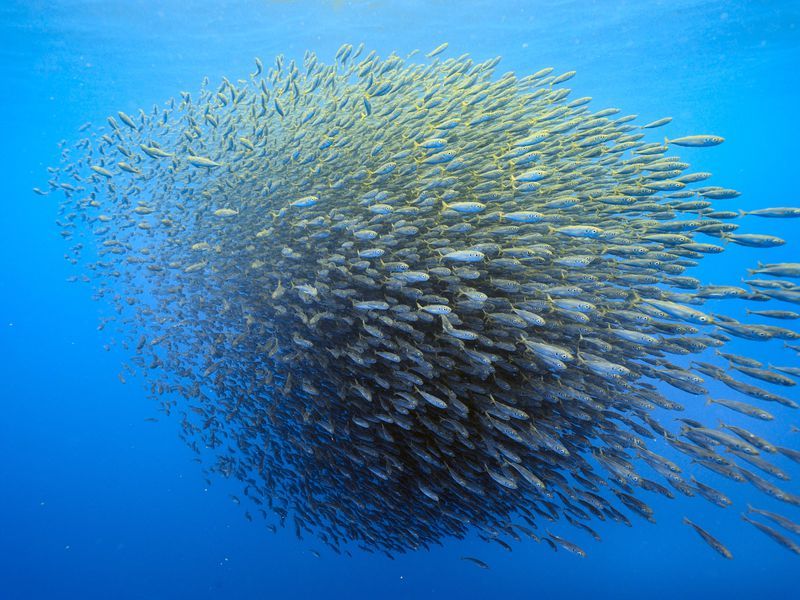
Fish need oxygen just like we do, and swimming in schools helps them access it more efficiently.
By moving through oxygen-rich currents together, they ensure everyone gets enough.
It’s a shared advantage that keeps them healthy and active, proving once again that teamwork makes the dream work—even under the sea!
13. Social Bonds
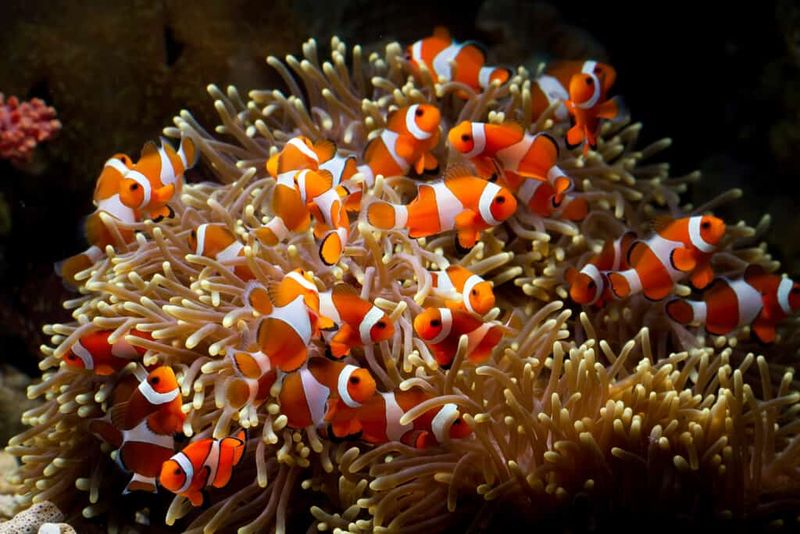
Fish aren’t solitary creatures; they thrive on interaction. Schools provide a social setting where bonds are formed and maintained.
These connections promote cooperation and mutual support within the group.
It’s like a community gathering, where relationships are strengthened, ensuring everyone’s well-being. Fish schools are not just about survival—they’re about connection and camaraderie too.
14. Faster Reaction Times
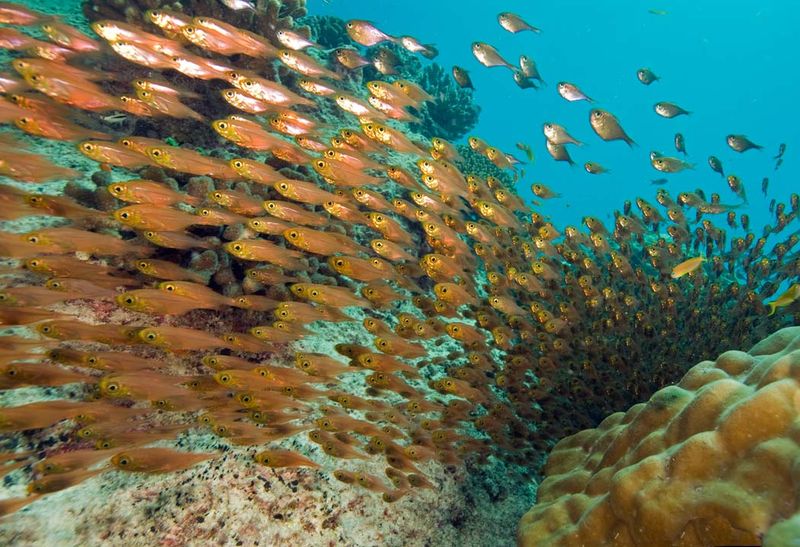
In a dynamic environment, speed is key, and schools boost fish reaction times. By swimming closely together, they can rapidly respond to changes in their surroundings.
This enhanced collective reaction time helps them avoid danger and seize opportunities, proving that sometimes, thinking as a group is the best strategy.
15. Cultural Transmission
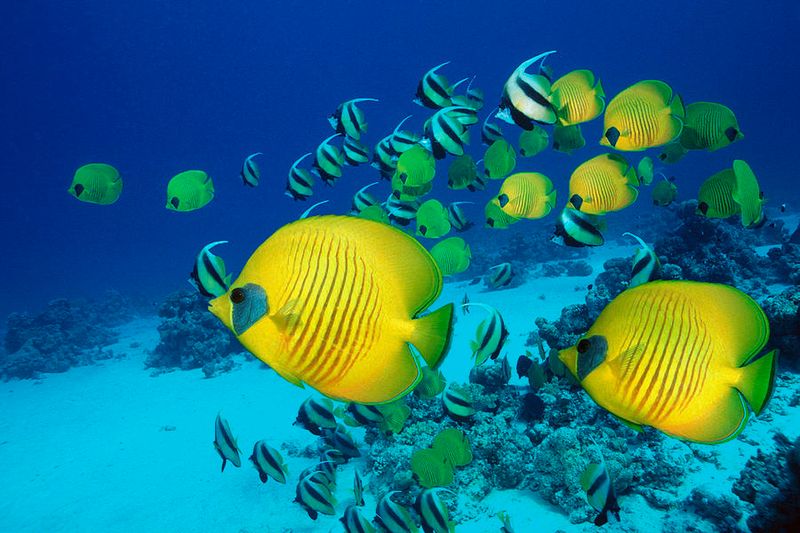
Fish schools are not just about survival—they’re about passing down knowledge. Cultural transmission occurs when fish learn from each other, adopting behaviors and techniques.
This exchange helps them adapt to new challenges and environments.
It’s like an underwater society where traditions are shared, ensuring the group’s continued success and evolution.
16. Collective Intelligence
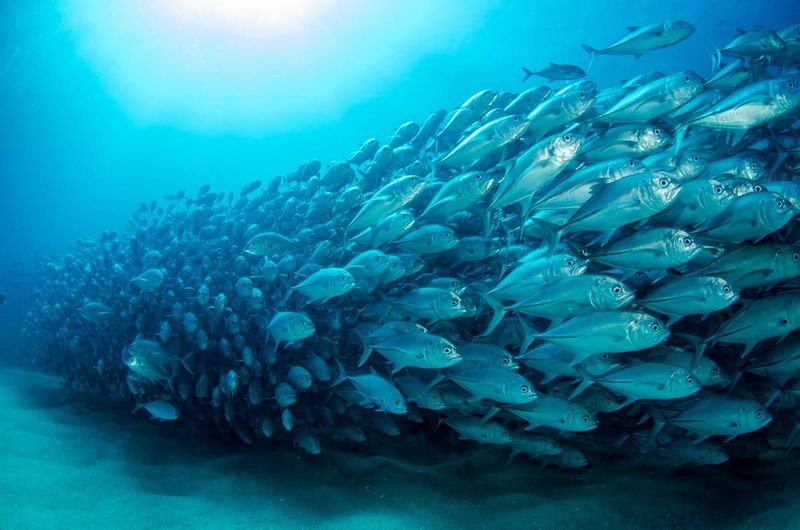
Fish schools exhibit a fascinating phenomenon known as collective intelligence. By pooling their cognitive resources, they can tackle complex problems and make better decisions.
This ability to think collectively enhances their adaptability and resilience, showcasing the power of teamwork. It’s like having a brainstorming session where every idea counts and contributes to the group’s success.






